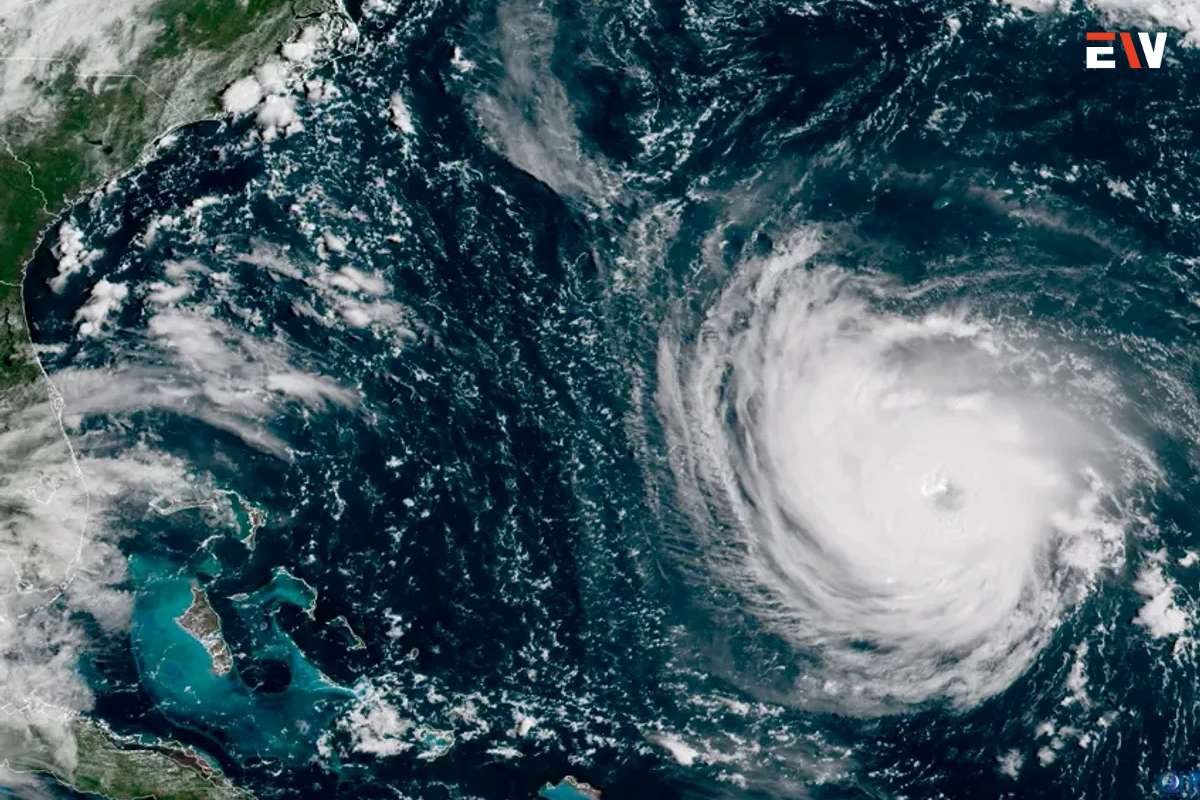According to the inaugural Environmental Protection Agency (EPA) report on the 2022 climate and infrastructure law, known as the Inflation Reduction Act (IRA), it is expected to achieve a substantial reduction in nationwide carbon emissions compared to 2005 levels. The report, which was released on Tuesday, reveals that by the year 2030, the IRA is projected to decrease economy-wide emissions by anywhere from 35 percent to 43 percent below the levels recorded in 2005.
A small number of models show higher carbon emissions
In the specific context of the electric power sector, this legislation is anticipated to lead to emissions reductions ranging from 49 percent to 83 percent compared to 2005 levels, as per the EPA’s findings. The report also estimates that by 2030, carbon emissions from electricity generation will be between 11 percent and 67 percent lower than a scenario in which the IRA had not been implemented.
Notably, the EPA acknowledged that a small number of models show higher emissions under the IRA in 2025. This discrepancy is attributed to the absence of the IRA in the alternative scenario, which results in increased short-term investments in renewable energy before tax credits expire. Over the long term, the IRA’s projections indicate relatively stable emissions reductions due to the extension of tax credits.
The most significant reductions in emissions, both direct and indirect, are anticipated in the domain of building electricity usage. The report foresees emissions from buildings decreasing by 49 percent to 63 percent in 2030. Following closely behind is the transportation sector, where the report predicts emissions reductions ranging from 11 percent to 25 percent.
Provides strong evidence that America’s transition to clean energy
By the year 2035, the IRA is expected to yield even more substantial reductions, with carbon emissions from buildings projected to fall between 52 percent and 70 percent, and the transportation sector experiencing reductions between 15 percent and 35 percent.
EPA Administrator Michael Regan expressed his confidence in the IRA’s transformative impact on energy production and consumption, emphasizing its role in ushering in a cleaner energy future. He stated, “This report provides strong evidence that America’s transition to clean energy is resulting in significant reductions in carbon emissions, aligning us with President Biden’s ambitious climate objectives.”
However, Senate Environment Committee ranking member Shelley Moore Capito (R-W.Va.) took issue with the report’s conclusions, particularly its assessment that the IRA would negatively impact the natural gas and coal sectors—major industries in West Virginia. Capito criticized the IRA for its secretive drafting and swift passage along party lines, asserting that it has been met with strong disapproval in energy-producing states like West Virginia.
Fellow West Virginia senator Joe Manchin (D), who played a pivotal role in passing the IRA, has also voiced concerns about its implementation and is considered vulnerable in the 2024 election should he choose to seek re-election.










